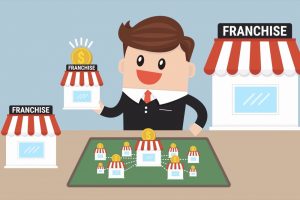Are Taxes Included in the Sales Category in a P&L
Taxes are generally not included in the Sales category in a Profit and Loss (P&L) statement. The Sales category, also known as Revenue or Sales Revenue, represents the total amount of money a business earns from selling goods or providing services before any deductions or expenses.
Taxes, on the other hand, are obligations imposed by governments on businesses and individuals to fund public services and programs. Taxes are not considered revenue for the business; they are an expense or liability that the business needs to settle with the government.
In a standard P&L statement, taxes are typically recorded separately as part of the operating expenses or other expense categories, depending on the specific type of tax. Here are some common tax-related expense categories in a P&L statement:
- Sales Tax or VAT Expense: This represents the taxes collected from customers on behalf of the government. The business is required to remit these taxes to the relevant tax authorities. Sales tax or VAT collected from customers is a liability, not revenue for the business.
- Income Tax Expense: This category represents the income taxes owed by the business to the government based on its net income. Income taxes are calculated based on the business’s taxable income after deducting allowable expenses, including cost of goods sold and other operating expenses.
- Property Tax: Property tax is an expense that businesses may incur on their real estate and property holdings.
- Payroll Taxes: This category includes taxes withheld from employees’ wages (such as income tax, Social Security tax, and Medicare tax) and employer-paid taxes related to payroll (such as employer portion of Social Security and Medicare taxes).
In summary, taxes are not part of the Sales category in a P&L statement. They are recorded separately as expenses and reflect the financial obligations of the business to the government. Properly categorizing taxes in the P&L statement ensures accurate financial reporting and provides a clear view of the business’s revenue and expenses, including the impact of taxes on its profitability.







